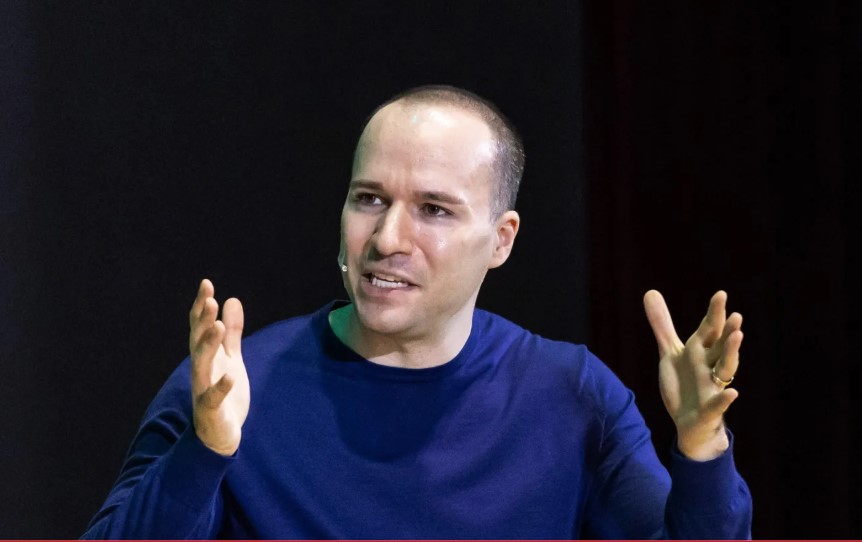Greg Brockman: The Master-Builder Behind OpenAI’s $1.4 Trillion Infrastructure Race

Greg Brockman, co-founder and President at OpenAI, is quietly steering one of the largest infrastructure campaigns in tech history. The company has committed roughly **$1.4 trillion** to building the compute, data-centers and systems necessary for the next generation of artificial intelligence.
Quick Insight: Infrastructure is no longer just a support function — in the age of frontier AI, it’s becoming the strategic bottleneck. Whoever controls compute, networks and data-centres will help shape the future of intelligence.
1. From Research Lab to Global Infrastructure Leader
• Under Brockman’s leadership, OpenAI has evolved from being primarily a model-and-research focused organisation into a full-scale infrastructure builder
• The build-out includes high-density data centres, strategic cloud partnerships and explorations into custom chips and power-scalable systems.
• The logic: advanced models require exponentially more compute, and hardware constraints are now where the competition really lies.
2. Scale, Spend & Strategic Stakes
• The estimated commitment (≈ $1.4 trillion) reflects how compute-scaling is now comparable to national-scale infrastructure.
• As Brockman himself and analysts note, companies that “control compute capacity will control the direction of AI.”
• Infrastructure-scale pressures: energy, cooling, chip supply chains, global data-centre foot-print, regulatory oversight form the core of the next chapter.
3. Why This Matters to You
• For businesses: understanding that AI isn’t just about models — it’s about infrastructure. Partnerships, scaling and access matter.
• For investors: hardware, data-centre operators and ecosystem suppliers are becoming critical nodes in the AI value chain.
• For policymakers and educators: who builds and controls compute infrastructure of this scale may influence global tech-leadership, jobs and innovation ecosystems.
Final Thoughts
Greg Brockman’s new role places him not just as a tech executive, but as a strategic architect of the AI era. Infrastructure, once invisible, is now centre-stage. OpenAI’s push under Brockman shows that building the engines of intelligence matters as much as the algorithms themselves.
For anyone watching the tech frontier: ask not just “what model is next?” but “who is building the compute behind it?” That question may determine where value and power shift in the coming decade.
Tip: If you're exploring AI strategy, take time to map not only algorithmic capability, but infrastructure partnerships, data centre deals and compute capacity roadmaps.
